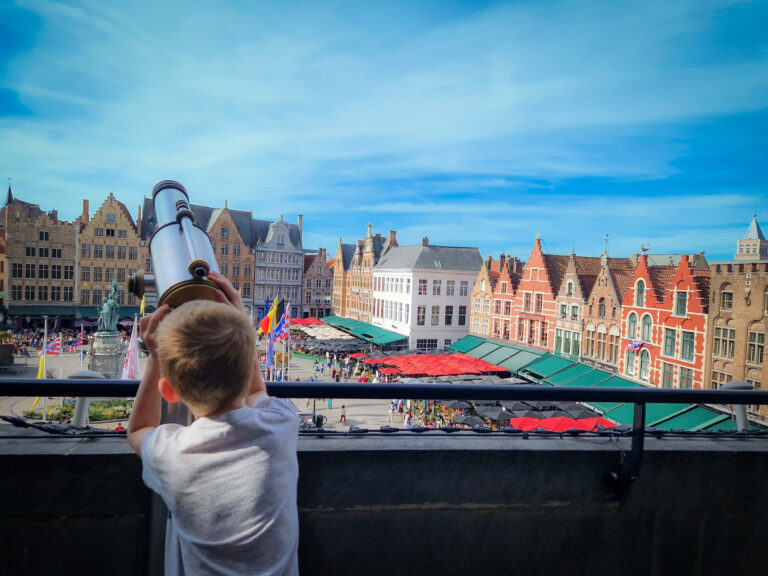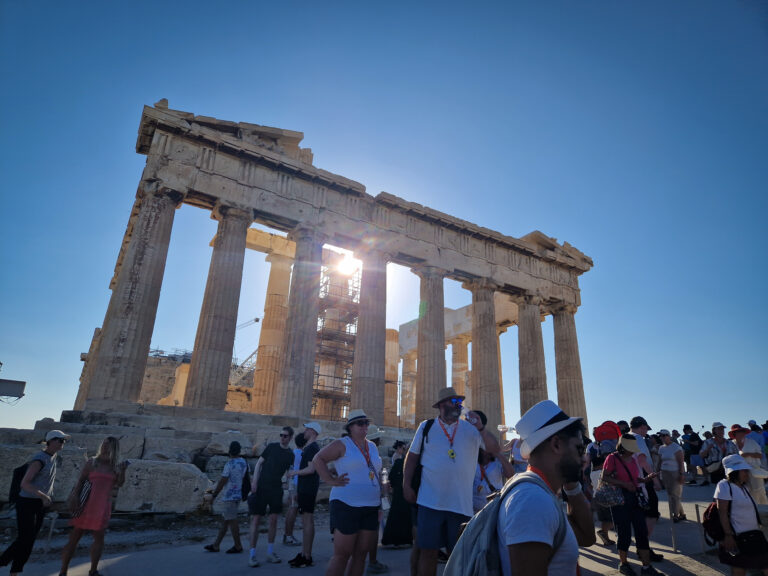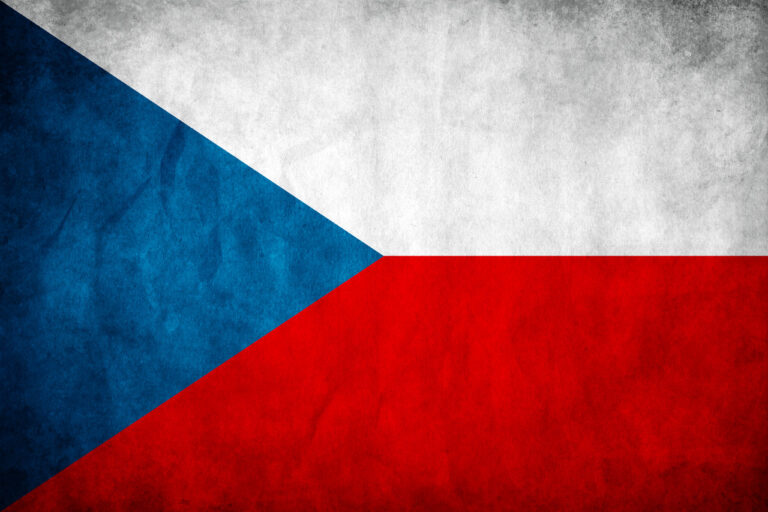Italy. The Mission.
In or around the year 50 AD, the missionary Paul sailed to Italy to visit the nascent churches that had sprung up in Rome. These tiny churches scandalously called “Lord” a rebel from the far eastern provinces. Rome was no stranger to tolerating the beliefs and customs of its conquered subjects, and this was no different in Judea, where the governor Pontius Pilate anxiously watched as a splinter sect of the generally submissive Jewish population threatened to destabilize the region. With détente in mind and the power of Rome at his back, he had the leader of this sect sentenced to death—thus sheltering Rome from the possibility of having to commit extra troops or unduly worry about a province valued mainly for its coastal sea routes to Egypt, the breadbasket of the Empire.
In one of the more mysterious turns of events in history, these small churches, once violently persecuted—their people burned in the Colosseum for sport or lit as torches at night as substitutes for lamps—not only continued to operate in secret but grew. Refusing to worship Roman gods, these Christians persisted in following this martyred Jew until, in 380, Christianity became the official religion of Rome. End: shortest ever synopsis of early church history.
A Missions Trip to Rome
For thousands of years since, Rome has been the geographic center of Christianity—which made it odd that in 2007 I was going to Rome on a missions trip to share Christianity with the Romans. This curiosity likely fueled the skeptical looks I received when I mentioned my plans. “Isn’t everyone Christian there?” people would ask. Or, “Convenient excuse for an Italy vacation! (wink, wink).”
True, every Roman has grown up in the shadow of the Catholic Church. But in conversation it quickly became clear that this had only served to reinforce existing attitudes, whether favorable or unfavorable.
At La Sapienza University in Rome, I joined a group of a few dozen Miamians to talk about Jesus with college students. Most conversations went one of a few ways: “Oh yeah, I’m Catholic, so I obviously know Jesus. Plus my parents would kill me if I wasn’t.” Or: “Have you read a single news headline about the church lately? You’d have to be crazy to adhere to that dogma!” Or even: “Forget about Jesus—what do you think about Silvio Berlusconi? Man, is that guy a character.”
For the last one, I hadn’t done my research, so I just chuckled awkwardly. But in the other exchanges, it was clear that nearly everyone in Italy had an opinion of the Church, even if few had thought deeply about what that meant for their view of Jesus. Yes, He’s the child Mary cradles in the famous sculpture in the Vatican—but who really is He? And why should anyone care? It struck me that a city whose Christians once followed Jesus so genuinely that they died for their faith had, in many ways, lost its way.
Parallels and Reflections
They say you learn as much about yourself as about others in situations like this. On the flight home, reflecting on my time in Rome, I couldn’t help but see parallels with my own story: once zealous in newfound faith, proud even to the point of persecution; then outward expression, erecting cathedrals, being known openly as a Christian city; but then growing complacent—its cathedrals still tall, its God still just as powerful, but its pews increasingly empty. Its people had become content with tradition, going through the motions. The comparison was convicting, and it remains so to this day.
Rome Beyond the Postcards
As a history enthusiast, I was beside myself being in Rome. Few places in the world have shaped so much of the course of human events. Wandering aimlessly through the city, every few blocks you stumble upon sites of monumental significance: the tomb of Augustus, the Pantheon, prison cells where parts of the Bible were written, and countless more.
Most of my time was spent on the campus of La Sapienza, a good distance from the city center. Here, Rome feels like a real city: people hurrying to work or class, stopping at the coffee bar for an espresso and a cannoli, businessmen reading the paper and ignoring the tourist crowd. It’s harder to glimpse this side of Rome when you’re caught up in the must-see landmarks (and you can’t—and shouldn’t—avoid them). But if you care to look, Rome is also a city with a vibrant, everyday life.
Do yourself a favor: skip the touristy dinner view of the Pantheon, walk down the next alley, and find a trattoria with locals at the tables. You may not get a violinist playing for tips, but you’ll thank yourself later—and your pasta won’t come out of a jar of Ragu.







One Comment